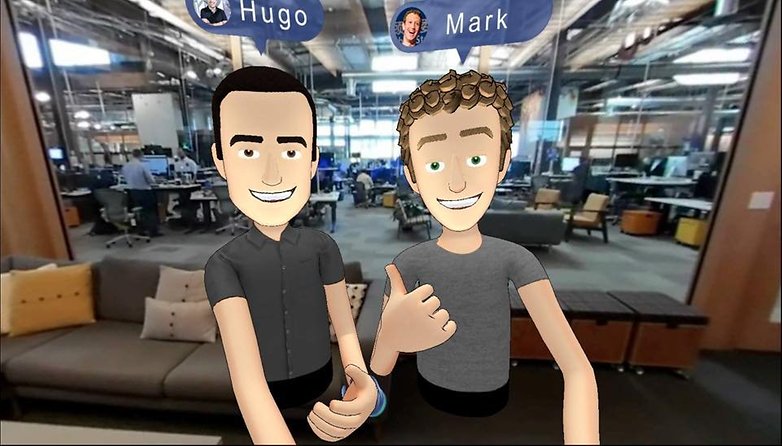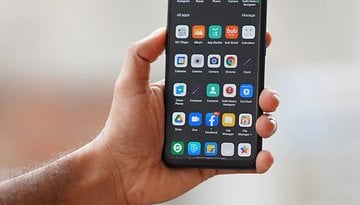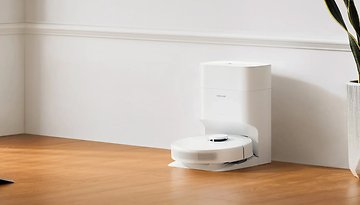How VR will change the workplace


There are an incredible amount of potential uses for virtual reality in the workplace. The biggest strategic value VR can bring is with telecommuting and telepresence, allowing professionals to work from anywhere and meet with others in any location without the need for expensive travel.
How can VR be used in the workplace?
The biggest opportunity for VR in the workplace
Telecommuting and telepresence are the biggest opportunity for VR in the workplace, in terms of potential positive impact. For many years now, people have been able to work from home, coffee shops or in an office on the other side of the world thanks to technology. Emails, phone calls, video conferencing were adopted by professionals swiftly and are now indispensable in the working processes of many businesses. Now it is VR’s turn to shake up telecommuting.
What is telecommuting anyway?
It just means working remotely with the aid of technology. There are many different terms with small distinctions between them for telecommuting or telework. Both original terms were coined by physicist, engineer and researcher Jack Nilles in the 1970s, but many more have popped up since which essentially refer to the same thing, e.g., remote work, smart working, mobile work, work shifting and distributed work.

Hire top talent from around the globe
Say hello to a new wave of remote workers. Employees and companies will no longer be limited by their location thanks to VR. Companies will be able to hire top talent from anywhere in the world, regardless of time zone, without having to expend time and money on relocation expenses. Workers can say goodbye to their commutes and work from home or elsewhere, without the issues that come from giving up their ‘presence’ in the office. The move to VR will make communications easier for all parties, those in or out of the office, by cutting down on the miscommunications and misunderstandings that arise from the limitations of phone calls, emails and chat programs.
Better conference calls
Meetings and conference calls will be forever changed, for the better, by VR telepresence. Conference calls are the best way to have a meeting without everyone being in the same room. VR and AR will make these meetings much less awkward by adding a more personal touch to conference calls, with facial expressions and hand gestures making it feel like everyone is in the same room. Getting everyone in the same room instantly would make the logistics and scheduling of meetings much less burdensome, not to mention save businesses untold sums of money on business travel. In addition to saving money, this technology could make a business more money when used by salespeople to close international or long-distance deals they otherwise wouldn’t have the opportunity or ability to do.
Other uses for VR in the workplace
Apart from VR telepresence enabling more telecommuting and better conference call meetings, there are plenty of other uses for VR in business environments. Office work spaces could be changed by VR. For example, when you have a limited amount of space or money for computer monitors or other equipment, you can make use of virtual space instead, and even use virtual space to do data visualizations, which were never before possible. Even HR departments could benefit, since a diverse range of training could take place virtually, from how to use machinery to customer service and even sensitivity training. Engineers and product designers could prototype and test products using VR simulations as well, which would save time and money.

How VR and telepresence affect business strategy
Telecommuting will become much more prevalent
Telecommuting as we’ve seen it thus far was just the beginning of a big shift in the way businesses operate. If the adoption rates for remote work have been good so far with the limited communications technologies we have now, the potential business benefits of VR are sure to make them soar. According to a Gallup poll, most say that telecommuters are just as productive as other employees, and already 37 percent of US workers have telecommuted before (which is four times greater than just nine percent a decade ago in 1995). But, there’s room for growth. According to GlobalWorkplaceAnalytics.com, almost four million employees in the US, that’s about 2.8 percent of the workforce, work from home at least half the time.
How to make VR adoption successful
In order for the adoption of VR in the workplace to be successful, businesses need to recognize that telecommuting is a business strategy rather than simply a perk for employees who don’t want to commute. VR gives the opportunity to improve communication, cut down on travel expenses and allow companies to hire top talent from anywhere in the world, among other benefits. And, as with the adoption of any new technology, companies also must recognize the need to invest in training, so that communication and collaboration with remote employees is successful.
The potential downsides
The social and health effects of the new mode of communication are unknown. Connections between people facilitated by VR likely can't satisfy the need for interpersonal interaction in the real world, and might even lead to a feeling of isolation if users have no technical need to go into an office with others. There may also be health risks associated with the technology. It isn't difficult to imagine that using VR could lead to nausea or eye strain for some, and obviously, we don't yet know the long term effects or the effects of extended use of these devices. Time will tell if these potential downsides will stand in the way of the adoption of VR in the workplace.
Is your modern enterprise considering the strategic opportunities of new technologies like VR? Or does your old-school company still consider telecommuting to be a mere perk for workers? Please share any new ideas and opinions this article may have provoked in the comments.




















I don't see VR glasses helping with calls or conferencing. Everyone wearing one for calling each other? What's the point? So I can see them wearing goggles? So I can see an avatar? What was the point again? For cooperating in a work space, maybe. But most work people do wouldn't benefit from that. The current 2d cooperative spaces are plenty adequate for most workers. Perhaps for a 3d design effort a la Tony Stark. But the tech for that isn't there yet.
I don't see evidence for better cooperative working at a distance or cutting down on travel. The reason people travel is because there are things we benefit from face to face and VR doesn't replace that. If it were just about communication, then we wouldn't need to travel at all with current communication. The phone and teleconferencing and internet didn't replace travel either. A reduction perhaps, but not as much as was initially thought for any of these technologies.
I don't see it for vacationing much either. It's about the in person experience. I can see taking a recreational night out for a VR trip down a canal in venice or some such filler in place of a movie. But again, that experience will probably be an adventure movie experience or documentary narrative, not one where you can get off the gondola and explore something that catches your fancy up close and personal.
I was reading about VR replacing high end home theater but I'm not seeing that really either. Watching TV is about being passive. All the efforts to make TV interactive and similar have been major fails. VR as a passive experience has nowhere to go. And it's limits for an active experience are also strongly over-rated because of the motion sickness disconnects inherent to the system.
No, what you seem to be talking about as VR would have to be a neural interface to get things even close to fulfilling the claims of the article. That would compensate for the motion issues at least.
Augmented reality, I can see that being helpful in a glasses overlay, But the headset has a long way to go to make that penetrate the market because it will have to be stylish. VR is a total fail at style. And that is a bigger hurdle than nerds recognize.
Hmm. I've brought in my Gear VR to work and the one universal thing I hear from women is, "No thanks." After asking why they say, "I don't want to mess up my make up," or "I don't want to get make up on the headset."
Until VR can get past this it won't get into the mainstream.
That's a very interesting observation! Thanks for your comment!